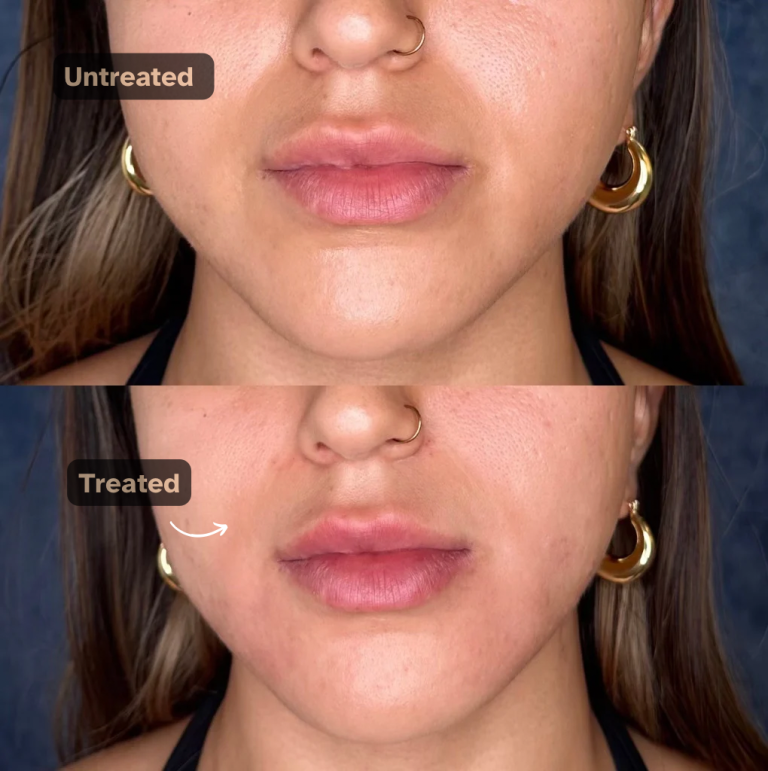Apply Now
Smart Ways to Get Rid of Fruit Flies with White Vinegar in 2025
Understanding the Fruit Fly Problem
Fruit flies are more than just a nuisance; they can quickly become a significant issue within your home. These insects thrive in environments conducive to breeding, such as kitchens where fresh fruits and vegetables are stored. Understanding their lifecycle and behavior is crucial for effective fruit fly management. Typically, fruit flies lay eggs on rotting or fermenting foods, which leads to rapid population growth. Identifying fruit fly infestation signs early can save you hours of cleaning and pest control efforts.
To get started, let’s explore how to get rid of fruit flies using a simple and effective solution: white vinegar. This approach not only targets the issue but also aligns with eco-friendly pest control practices, making it a safe choice for families.
Why Use White Vinegar for Fruit Flies?
White vinegar is a powerful tool when it comes to tackling fruit fly infestations. Its double action—acting as both an attractant and a lethal agent—makes it an outstanding choice for homemade fruit fly traps. The acetic acid in white vinegar mimics the scent of overripe fruits, increasing its effective allure. This natural fruit fly repellent is especially useful for those looking to eliminate fruit flies without resorting to chemical solutions.
By utilizing white vinegar, you can not only catch the fruit flies but also deter future generations from invading your kitchen. Understanding this basic principle is key to developing effective fruit fly control methods.
How to Make Effective White Vinegar Fruit Fly Traps
Creating your own vinegar fruit fly traps is straightforward and requires minimal resources. One effective DIY fruit fly remedy involves using a jar filled with a mix of vinegar and dish soap. Here's how to do it:
1. **Preparation of the Trap**: Take a clean jar and fill it halfway with white vinegar. Add a few drops of dish soap to break the surface tension of the liquid.
2. **Covering Up**: Seal the jar with plastic wrap, securing it with a rubber band. Make small holes in the plastic wrap, large enough for the fruit flies to enter.
3. **Placement**: Place the trap in areas where fruit flies are commonly spotted, particularly near food waste or fruit bowls.
The mixture will attract the flies, and they will sink and drown due to the soap's breaking of the surface tension. This straightforward method ranks as one of the best fruit fly traps available and can significantly reduce the fruit fly population.
Best Practices for Cleaning and Prevention
In addition to trapping fruit flies, incorporating cleaning into your strategy is essential. Maintaining kitchen hygiene is critical in preventing fruit fly breeding grounds. Start by removing all overripe fruits and vegetables, as these serve as prime attractants. Regularly clean surfaces where food is prepared, utilizing vinegar as a natural cleaning solution that deters potential breeding.
Moreover, make it a habit to take out the kitchen trash frequently and clean recycling bins to eliminate sources of fruit fly food waste. This comprehensive approach aims to manage not only the fighting of current infestations but also the prevention of future occurrences.
Exploring Alternative Vinegar Solutions for Fruit Fly Control
Having established an effective method with white vinegar, exploring various solutions for fruit fly control broadens your options. Strategies like integrating apple cider vinegar can serve as an alternative fruit fly killer, offering a different scent profile that some may find more appealing.
Apple Cider Vinegar vs. White Vinegar: Which is Better?
While white vinegar is excellent at trapping fruit flies, apple cider vinegar captures them with its sweet aroma, often leading to increased trap efficiency. Setting up an apple cider vinegar trap follows the same principles as those using white vinegar. Simply fill a jar with apple cider vinegar, cover it, and ensure there are entry points for the flies.
However, it's worth noting that the scent differences can affect the overall success rate of your traps. Testing both options may help in determining which bait works best for your particular fruit fly issue.

Vinegar Fruit Fly Bait: Enhancing Trap Effectiveness
To maximize the effectiveness of your vinegar traps, consider adding other natural baits. For instance, placing a piece of overripe fruit inside the jar can attract more flies. Additionally, you can also try mixing vinegar with a drop of fruit juice or adding honey to create a more potent attractant. This ecological approach is not only effective but also simple and budget-friendly, allowing you to engage in fruit fly trapping techniques without excessive spending.
A combination of vinegar and other organic materials can tap into the behavioral patterns of fruit flies, increasing the likelihood of successful trapping and reducing their population within your home.
Understanding Fruit Fly Seasonality
Understanding when fruit flies are most active can significantly aid in their management. Fruit fly seasonality triggers increased fruit fly behavior during warmer months, particularly in late summer when fruits ripen. Keeping this in mind can help inform when to double down on preventive measures.
In preparation for these seasons, being proactive with vinegar traps and cleanliness can decrease the chances of a full-blown infestation.
Common Fruit Fly Species and Their Identification
Knowledge of the types of fruit flies lurking in your home is crucial for effective solutions. Identifying common fruit fly species can inform your approach and the types of baits to use. The most frequent culprit is the *Drosophila melanogaster*, but others may be more prevalent in specific regions or environments.
Signs of Fruit Fly Infestation
Detecting a fruit fly invasion is crucial for swift action. Look for small flying insects around food, especially fermenting fruits or vegetables. Another sign is spotting larvae or tiny maggots in overripe produce, inviting a proactive fruit fly infestation strategy. Taking these signs seriously enhances your success in fruit fly control methods.
Eco-friendly Strategies for Managing Fruit Flies
For those inclined to minimize their ecological footprint, focusing on organic fruit fly control practices is essential. White vinegar solutions not only provide effective pest control but also respect the environment. Utilizing homemade traps, cleaning with natural agents, and managing waste help contribute to an overall healthier ecosystem while effectively managing unwanted fruit flies in your space.
With these preventive strategies and vinegar applications, not only will you manage existing fruit flies, but you will also educate family members on how to stop fruit flies from becoming a recurring problem.
FAQs: Dealing with Fruit Flies Naturally
1. **What is the best way to catch fruit flies?**
The best way to catch fruit flies is by using homemade traps with white vinegar or apple cider vinegar as bait.
2. **How long will it take to eliminate a fruit fly infestation?**
Typically, with effective traps and consistent cleaning, you may see a drastic reduction in fruit fly numbers within a week.
3. **Are there natural repellents for household pests besides vinegar?**
Yes, essential oils like peppermint and eucalyptus can act as natural deterrents for fruit flies.
4. **How do I prevent fruit flies from returning?**
Maintain cleanliness, remove ripe and decaying foods regularly and make use of vinegar traps as a preventive measure during the fruit fly season.
5. **Can commercial traps be more effective than homemade ones?**
While commercial traps may have added attractants, homemade traps can be equally effective, and significantly cheaper, especially when crafted with natural ingredients.
 Utilizing white vinegar and maintaining a clean environment are smart methods for controlling fruit flies in 2025. Effective management will not only keep your space free of these pests but also teach sustainable practices for a healthier home.
Utilizing white vinegar and maintaining a clean environment are smart methods for controlling fruit flies in 2025. Effective management will not only keep your space free of these pests but also teach sustainable practices for a healthier home.

 Utilizing white vinegar and maintaining a clean environment are smart methods for controlling fruit flies in 2025. Effective management will not only keep your space free of these pests but also teach sustainable practices for a healthier home.
Utilizing white vinegar and maintaining a clean environment are smart methods for controlling fruit flies in 2025. Effective management will not only keep your space free of these pests but also teach sustainable practices for a healthier home. 